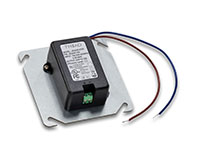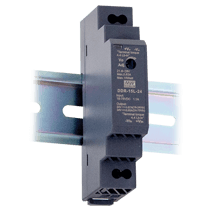Greetings,
I'm an instrumentation technician that has been tasked with installing a differential pressure monitoring system in a commercial environment. Pressure measurement is made using 4-20mA loop powered transmitters. Each transmitter will be powered/connected to a custom communication device that is powered using a wall wort style transformer (I was voluntold to use this device) that has a micro USB connector on the end. So essentially, the device is powered by a usb charger. It was requested that we locate the transmitters in clusters, in boxes above the drop ceiling. This means I will have as many as 12 wall transformers to contend with above a drop ceiling at each transmitter box. Electricians will handle any AC requirements, and I will certainly discuss with them but while searching for solutions/recommendations/code requirements online, I came across this site and figured I would ask. What are the best practices/code requirements/safety considerations when dealing with these types of transformers above a drop ceiling in a commercial environment?
Let me add that that whole thing feels "dirty" which is why I'm asking the experts....hoping to find a solution that I can feel ok about.
Thank you for your time!
Bob
I'm an instrumentation technician that has been tasked with installing a differential pressure monitoring system in a commercial environment. Pressure measurement is made using 4-20mA loop powered transmitters. Each transmitter will be powered/connected to a custom communication device that is powered using a wall wort style transformer (I was voluntold to use this device) that has a micro USB connector on the end. So essentially, the device is powered by a usb charger. It was requested that we locate the transmitters in clusters, in boxes above the drop ceiling. This means I will have as many as 12 wall transformers to contend with above a drop ceiling at each transmitter box. Electricians will handle any AC requirements, and I will certainly discuss with them but while searching for solutions/recommendations/code requirements online, I came across this site and figured I would ask. What are the best practices/code requirements/safety considerations when dealing with these types of transformers above a drop ceiling in a commercial environment?
Let me add that that whole thing feels "dirty" which is why I'm asking the experts....hoping to find a solution that I can feel ok about.
Thank you for your time!
Bob



